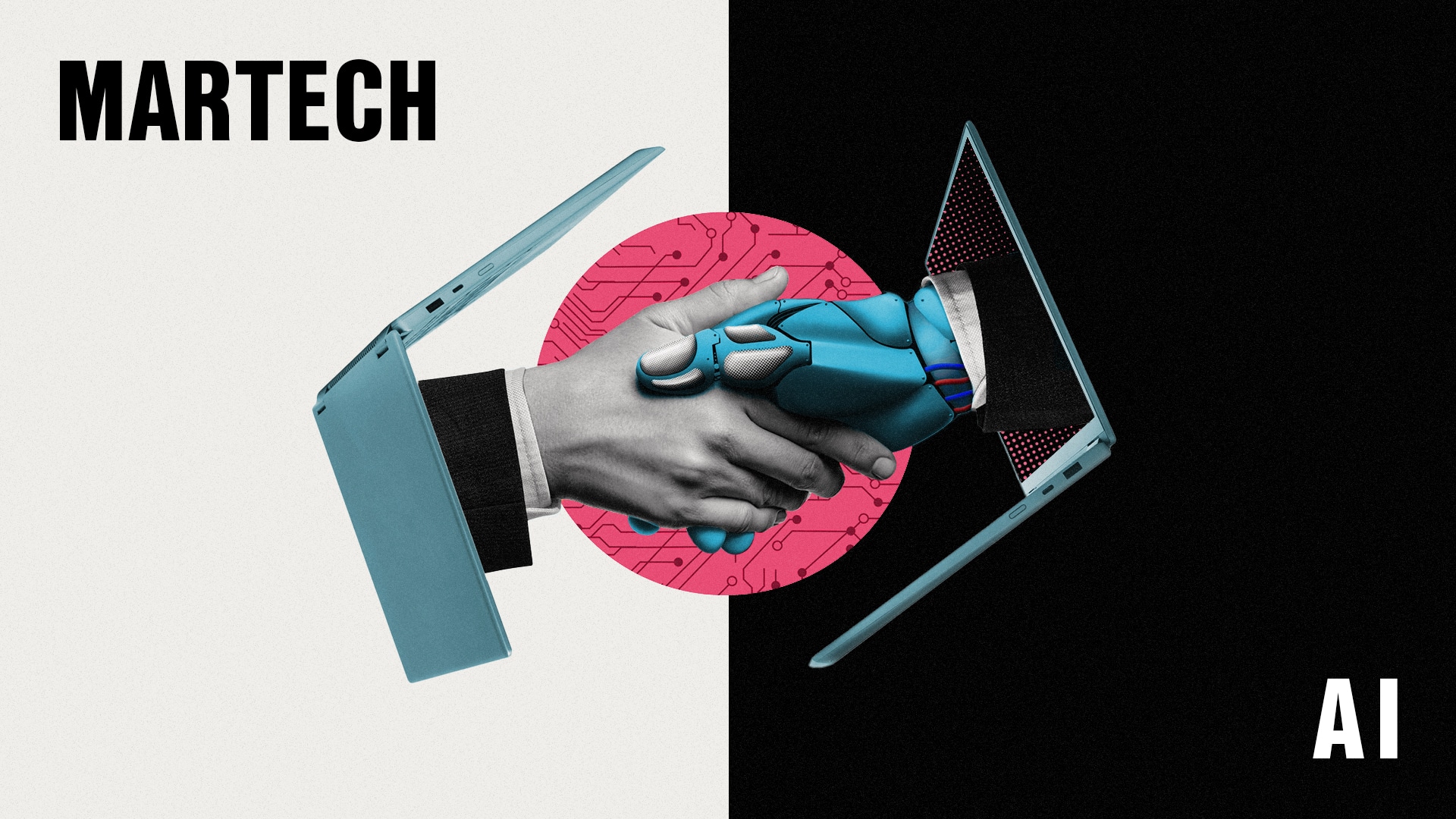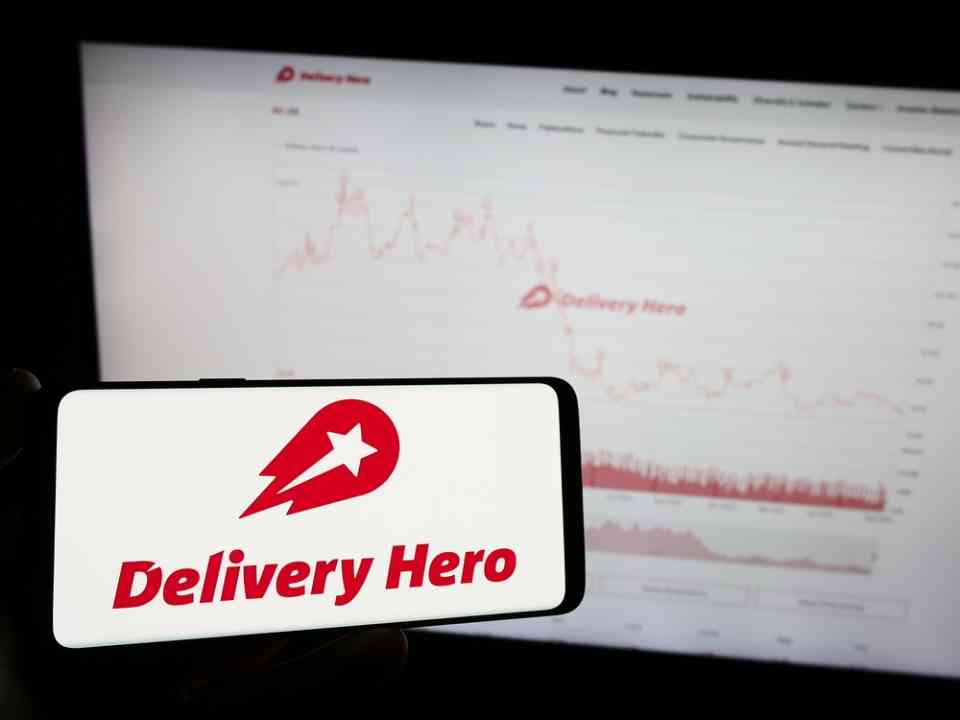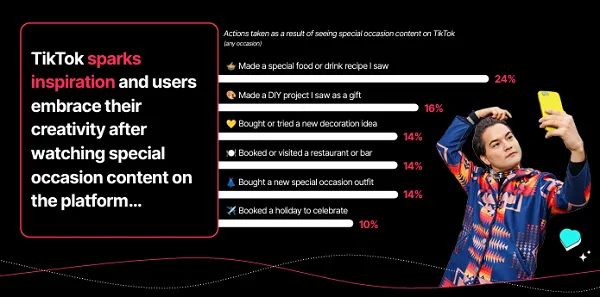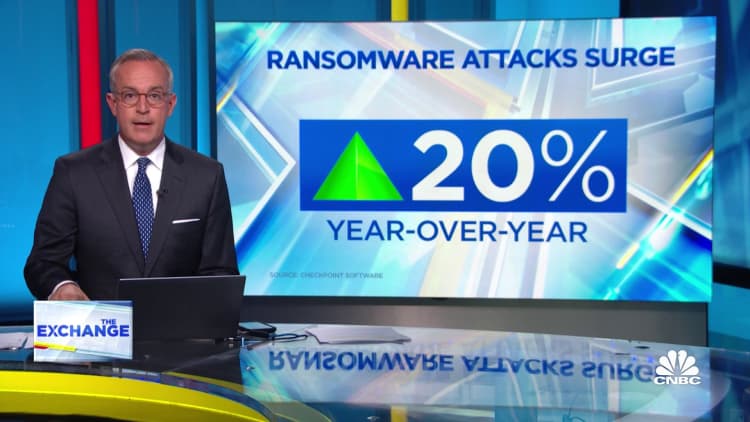It’s that time of year when predictions and trends pieces fill in-boxes and foretell of what’s to come in the next 12 months. This year, predictions are being made against the backdrop of doom and gloom, which point to a slowing of post-pandemic growth, ongoing inflation, and recent rounds of downsizing across the tech industry.
An uncertain economic climate can seem precarious for businesses of all sizes, but especially for small and medium businesses (SMBs). I know this, because I spend the better part of my days speaking with SMB business leaders across a range of industries. And what I’ve learned is that they do not need predictions, more doubt, and panic—rather, they’re looking for expert guidance and innovative technology to help them not only survive, but thrive.
So, instead of predictions, this is the time for action, to invest wisely, to strategically control your fate. Cloud technology is a powerful tool that can help enable this. Begin by focusing on these three key priorities: modernizing, optimizing, and monetizing. Here’s what I mean:
Modernize to thrive
Every business needs to adapt to evolving economic circumstances and changing customer demands or it risks extinction—and adapting means modernizing. In practice, this will look different for each company and depends on specific business models.
When facing headwinds, gut reactions have many companies cutting back, short-term fixes often lose sight of long-term business viability. One of the most impactful approaches to modernizing means ensuring the business can respond to customer demand, so that it can recognize customer signals quickly and roll out new products and services efficiently.
Cloud services provide this flexibility in ways that conventional IT hardware solutions cannot. One example: A company that evolves from a traditional commercial database to a cloud-based data strategy makes its data more accessible, understandable, and useful for a wider variety of purposes. Rather than treating its database like a junk drawer where data just collects, a company can liberate its data, making it accessible and unified—which supports better decision-making.
The same holds true for security and compliance needs. Many businesses continue to struggle with dozens of security tools in an ongoing attempt to achieve compliance. A proliferation of tools is often a major time sink that also risks user error. Cloud-based security solutions can streamline threat detection, help guard against attacks, and ensure compliance without placing extra demands on a team’s attention and energy.
Modernizing, digitizing, transforming—whatever you call it—will vary from company to company because not everyone starts from the same place. The key lies in assessing your unique situation and finding a partner to help your business progress in the right direction.
Save money—and time—by optimizing
Optimization often refers to cost savings, and cloud services certainly offer benefits there. Businesses that use cloud technology to replace traditional IT infrastructure, for example, no longer need to buy expensive hardware that requires maintenance. This allows them to use what they need only when they need it—no more paying to have idle servers or storage on standby.
While business leaders understandably focus on cost savings during periods of economic contraction, time is an even more precious commodity. The automation of infrastructure management and IT services allows businesses to save significantly on both time and labor, which can make all the difference in a competitive landscape. Accomplishing more in shorter periods of time pays dividends: it increases efficiency, boosts productivity, and frees teams to concentrate on new ideas. Business agility leads to innovation, making automation and orchestration the cornerstones of any optimization process.
Monetize to create new revenue streams
In 2023, it is estimated that 3.5 quintillion bytes of data will be created every day. So, it’s not surprising that businesses are generating more data than they use in their day-to-day operations. What is surprising is how few are generating revenue from that data.
Just to be clear, many businesses are already monetizing data. What I mean by that is they’re generating measurable value from data insights to improve their business (e.g., enhancing customer experience, improving retention, increasing productivity, etc.). The next step in the data monetization journey is data commercialization, which focuses on data enhanced offerings or insights exchange—essentially packaging and selling your available data.
One company that has freed up unused data successfully is ADP. [Full disclosure ADP partners with AWS.] Through its payroll processing services, ADP produces an expansive set of data related to employment, income, and location. It uses that information to send people paychecks. But the company has little use for data related to the movement patterns of people in the US.
ADP recognized that other organizations could benefit from this data, which now provides the technical backbone for ADP’s people-migration data services. This anonymized movement data that ADP offers has many use cases: businesses can study the economic outlook of potential investment sites, learn about customers in a target market, analyze competitive compensation rates, and more.
Remaining open to exploring alternative business opportunities, like ADP did, can create entirely new revenue streams and potentially offer valuable services for new customers.
Time to act
It’s crucial for businesses of all sizes pursuing these three priorities to remember that they aren’t starting from scratch. Modernization, optimization, and monetization take advantage of existing resources and business experience.
If these priorities resonate with you, then it is time to act. The good news is that you’re are not alone. Partner with leaders in the industry who can help you navigate this journey. Preparation will ensure that the jump to the cloud is a successful one—and will help make 2023 far less intimidating.
Written by Ben Schreiner.
Have you read?
The Stories We Tell Ourselves Make—or Break—Our Negotiations by Beth Fisher-Yoshida.
Bridging the Global Gender Gap in STEM by Pari Lennartz.
Changing the World with Entrepreneurship by Rachel Ngom.
Entrepreneurial Endeavours: How To Start Your Own Trade Business.
Track Latest News Live on CEOWORLD magazine and get news updates from the United States and around the world.
The views expressed are those of the author and are not necessarily those of the CEOWORLD magazine.
Follow CEOWORLD magazine headlines on: Google News, LinkedIn, Twitter, and Facebook.
Thank you for supporting our journalism. Subscribe here.
For media queries, please contact: info@ceoworld.biz






















































![Online Shopping Reached New Highs in 2024 [Infographic] Online Shopping Reached New Highs in 2024 [Infographic]](https://imgproxy.divecdn.com/kCw9rTPPHoCqXkkL4Bt8p7eohxOuRs6iXsDK03Fxr_8/g:ce/rs:fit:770:435/Z3M6Ly9kaXZlc2l0ZS1zdG9yYWdlL2RpdmVpbWFnZS9vbmxpbmVfc2hvcHBpbmdfc3VyZ2UyLnBuZw==.webp)

![What App Features Are People Willing to Pay For? [Infographic] What App Features Are People Willing to Pay For? [Infographic]](https://imgproxy.divecdn.com/mHJQ6ffz2lGDUuF649StZz5xtI56ORDL5z-Cjs9ZUw8/g:ce/rs:fit:770:435/Z3M6Ly9kaXZlc2l0ZS1zdG9yYWdlL2RpdmVpbWFnZS9hcHBzX3RoYXRfcGVvcGxlX3BheV9mb3JfMi5wbmc=.webp)













